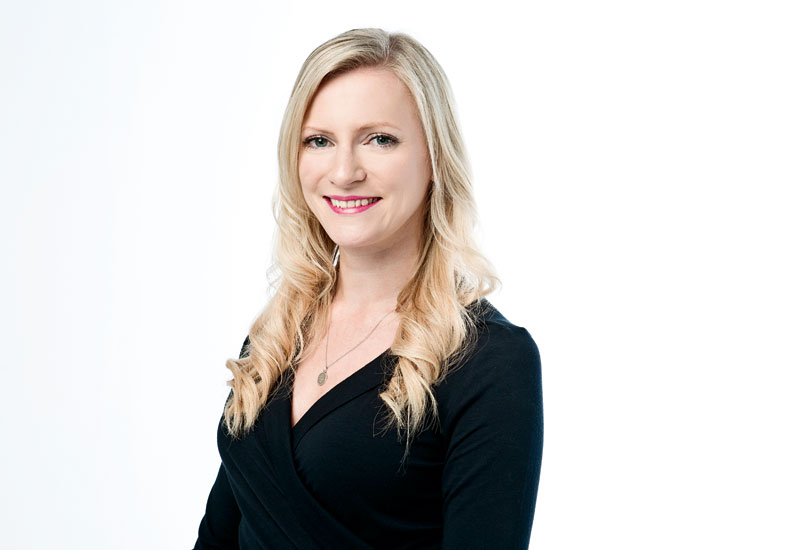 Louise Oakley is a freelance hotel, food and travel writer and PR professional based in Dubai, and a contributing editor to Hotelier Middle East
Louise Oakley is a freelance hotel, food and travel writer and PR professional based in Dubai, and a contributing editor to Hotelier Middle East
Hotel procurement has traditionally been a transactional business, based around the three-quotation model. Currently, in practically all hotel operations, no purchase order will be issued unless three quotation are sought, submitted and reviewed. From this, one supplier will be selected, in theory based on criteria including quality of product, vendor relationship, delivery time, and cost.
But, in the current climate, is this the right way to run procurement? I’d proffer that many hoteliers in operations, culinary, and marketing, to name a few departments, would argue that it’s not. When three quotations are sought, inevitably, the factor in the spotlight is cost. It’s the easiest factor to compare and more often than not, the cheapest wins. It can also be a time-consuming process, too reliant on whether the right person is available at the time the quote is needed.
I met recently with Bhanu Pratap Singh, director of procurement at Atlantis the Palm, to discuss this and other issues that came to light in the first Hotelier Middle East Procurement Report.
The report is now available via the Hotelier Middle East website.
Singh’s comments regarding the three quotes issue surprised me. “We are currently sick and tired of this three-quotation business, so we are focused on working out what we can do we do to make things faster and make the appropriate and right decision in each transaction,” he told me.

| Advertisement |
Singh’s team sends 100-140 purchase orders a day; multiply that by three and in any given week, the 14 people that comprise this team could be sourcing a staggering 3,000 quotations.
Considering Atlantis started a rigorous vendor performance evaluation programme several years ago, meaning robust selection and monitoring work is in place for most products, Singh says sourcing three quotes is a “monotonous process”, which doesn’t work to fulfil his company’s goals in the best way.
According to Singh, procurement must be quicker and more competitive, and this means looking at alternatives to the three-quotation model. He’s inspired greatly by Amazon.com, something he would like to replicate for the B2B market. The objective is to create an online supplier catalogue; a source that is fast, transparent, and secure.
If the goal of the three-quotation system is to establish the right price for a service or product, surely technology can help deliver the same thing, via an open, competitive platform?
“I’m constantly thinking of what can be the best possible solution and the only thing that comes to mind and makes sense is to create an electronic way of putting competition online,” says Singh.
Refreshingly, he’s not alone in his thinking. In a separate conversation, Brendan Johnston, director of purchasing at Dogus Restaurant Entertainment and Management (D.ream), also predicts a move towards an online Amazon.com-type experience for procurement.
Johnston observes that software is available to make this possible, but emphasises that it requires the buy-in of suppliers as well. He adds that while more suppliers are willing to move towards this “open-book model”, hotels must up their game and make the most of the reporting and analytics tools already present in their procurement software, rather than merely using the purchase order function.
Ultimately, the issue here is not about being fed-up with sourcing three quotes. It is about transforming procurement from a transactional process into a strategic function.
After all, purchasing departments are responsible for spending millions of dollars every year, and as such, shouldn’t they be doing a strategic job to deliver the right value proposition in line with their hotel’s commercial objectives?
To find out more, read the Hospitality Procurement Report 2016 in full. Click here to access the report.








 Search our database of more than 2,700 industry companies
Search our database of more than 2,700 industry companies









